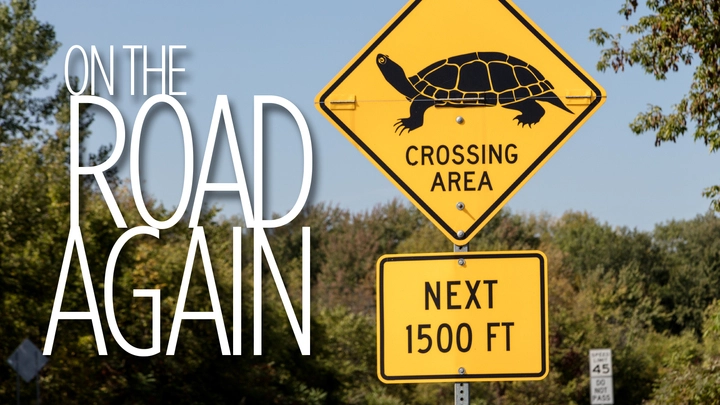Americans spend so much time fussing over our roads and our driving time. How long will it take to get to work today? What's the quickest way to get from point A to point B? When will they get a new road finished that will speed up my day?
But as the amount of roadways on the planet grows, so does the number of animals hit and killed by traffic. In some cases, to the point where it's leading
to even larger ecological issues.
The Growing Field Of Road Ecology
We've all seen neighborhoods ripped apart by construction of a new freeway, cutting off walkways and local traffic patterns. And it's clear that road construction can lead to issues like poor drainage, flooding and pollution of groundwater.
But consider, if you will, the impact of roads on fauna. We've all come across the sad sight of a rabbit or raccoon or squirrel that met its doom beneath the wheel of a car or truck. Or a major accident caused by a driver unable to avoid a deer dashing across the road.
Make all the jokes you want about Loudon Wainwright III's 1972 hit song “Dead Skunk,” but it can be a serious problem in some places — especially where species are facing possible extinction. Or where collisions could cause fatal accidents.
Hard numbers on vehicle vs. animal collisions can be difficult to find: Not much research has been done yet in this field. But that's changing.
A 1993 study conducted by a number of institutions in New England collected data on 1,923 animal highway deaths. From that data, a publication called “Animal People Newspaper” extrapolated that annually, on U.S. roads and highways, these animal deaths occur:
Estimated Annual Highway Deaths In The U.S.
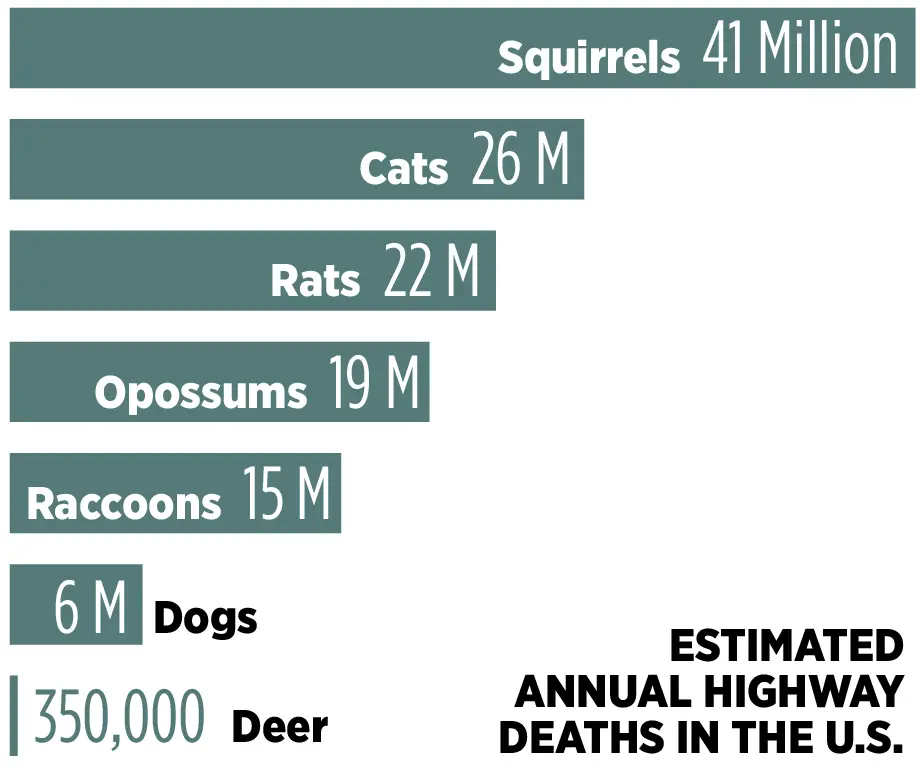
-
Females are killed on roads more frequently that one might think, given the local population. this can lead to a larger impact on population survival.
-
Certain species are already threatened by roadkill. The hazel grouse in Eurasia, the maned wolf in South America and the brown hyena in southern Africa are three that researchers say could be driven to extinction by road traffic in the next few decades.
- In the U.S., only three states currently have systems for monitoring or collecting data on roadkill:
One Success Story: Canada
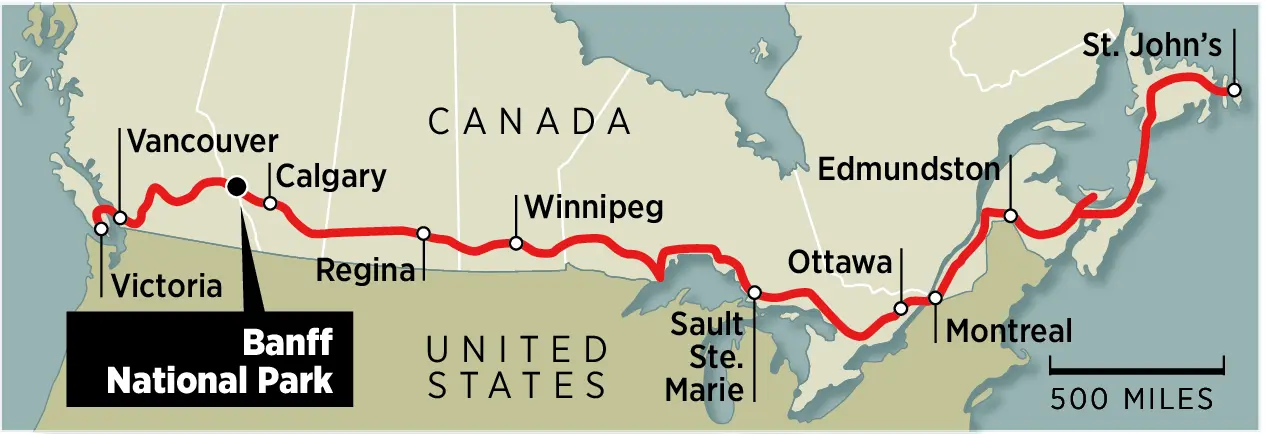
One section of the Trans-Canada highway that runs through Banff National Park averaged 100 collisions a year between vehicles and elk. People referred to it as “the Meatmaker.”
In the 1980s, Canada widened the highway. At the same time, it took steps to help create underpasses that would help elk and other animals cross the highway safely. Later, overpasses were added to aid wolves and grizzly bears.
Canada also began monitoring the number of accidents more closely. Studies showed that the crossings reduced deer collisions by 86% and aided the breeding of black bears and grizzlies by enabling various populations to crossbreed.
What Can We Do
While scientists continue to study the issue and while transportation and environmental officials look for longer-term solutions to tweak our driving infrastructure, here are a few tips experts suggest for ordinary drivers in the meantime:
-
If a squirrel or rabbit dashes in front of you, continue in the same direction and speed you're traveling. A sudden turn or stop might cause an even large accident.
-
Although it might seem like the right thing to do, stopping to help a wild animal cross the road probably isn't a good idea. Another motorist could hit you or your vehicle.
-
When driving at night, reduce your speed and use high-beam headlights whenever possible to give yourself time to avoid a collision.
-
If you see a deer dash across the road ahead of you, slow down right away. Deer often travel in herds. There may be more nearby.
-
If a deer, moose or other large animal leaps in front of you and you cannot avoid a collision, then swerve toward the rear end of the animal. It's more likely to run forward.
The Planet's Expanding Network of Roadways
How much of the Earth's surface is paved for driving? It depends on whose numbers you look up. The figures here are from the online CIA World Factbook and consist of estimates from recent years.
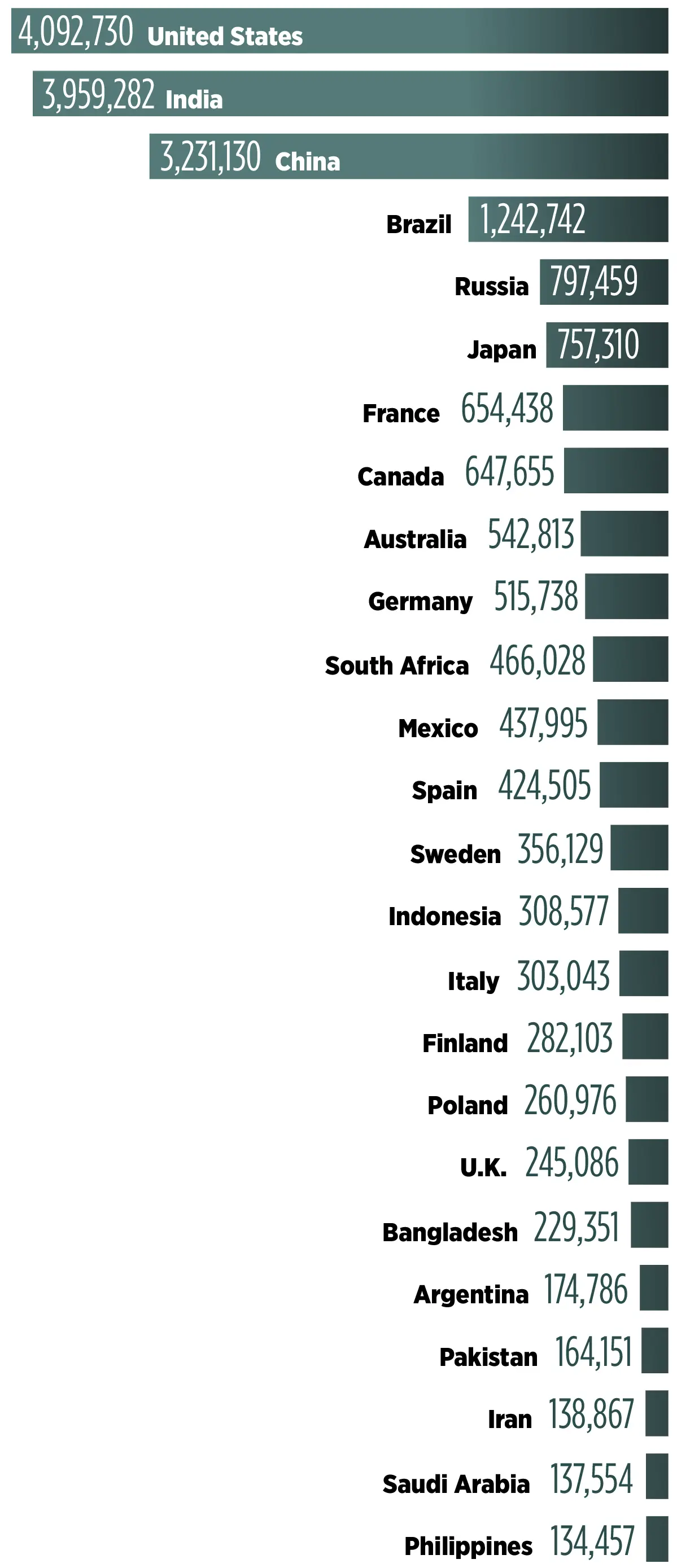
Coming Thursday
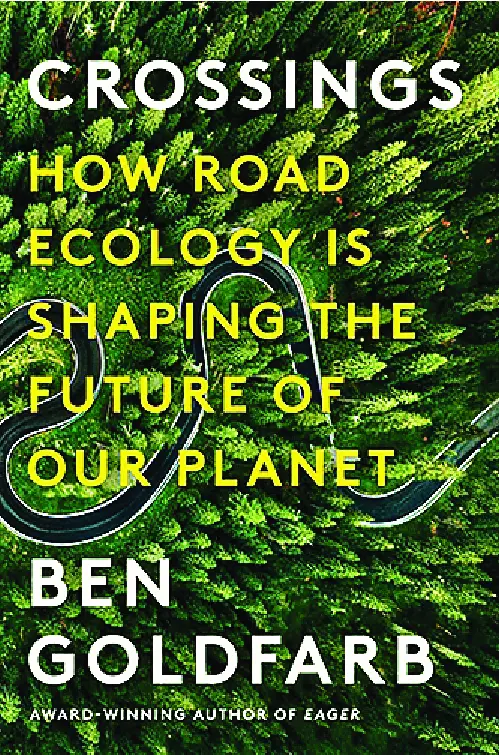
Road Ecology is the subject of environmental journalist and Spokane resident Ben Goldfarb's latest book, “Crossings: How Road Ecology is Shaping the Future of Our Planet.” The book was released Sept. 12 and was cited by the New York Times as one of “33 Nonfiction Books to Read This Fall.”
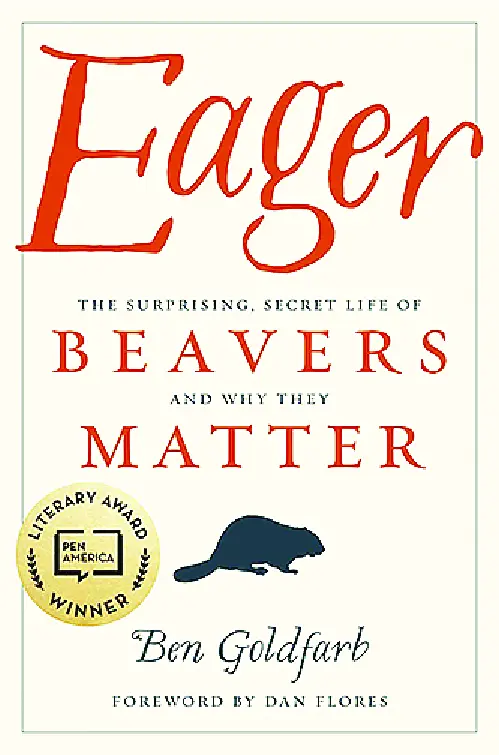
Goldfarb's previous book, “Eager: The Surprising, Secret Life of Beavers and Why They Matter,” was described by the Washington Post as “a marvelously humor-laced page-turner.” It won the 2019 PEN/E.O. Wilson Literary Science Writing Award.
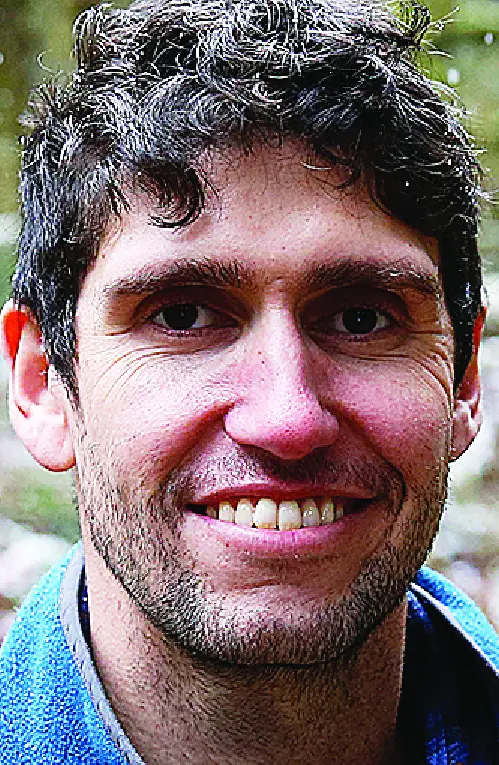
Goldfarb's work has appeared in the Atlantic, Science, the Washington Post, National Geographic, the New York Times, Orion magazine and Mother Jones.

He'll be the guest at a Northwest Passages event Thursday at the Bing Crosby Theater.
For tickets and more information: Click Here!
